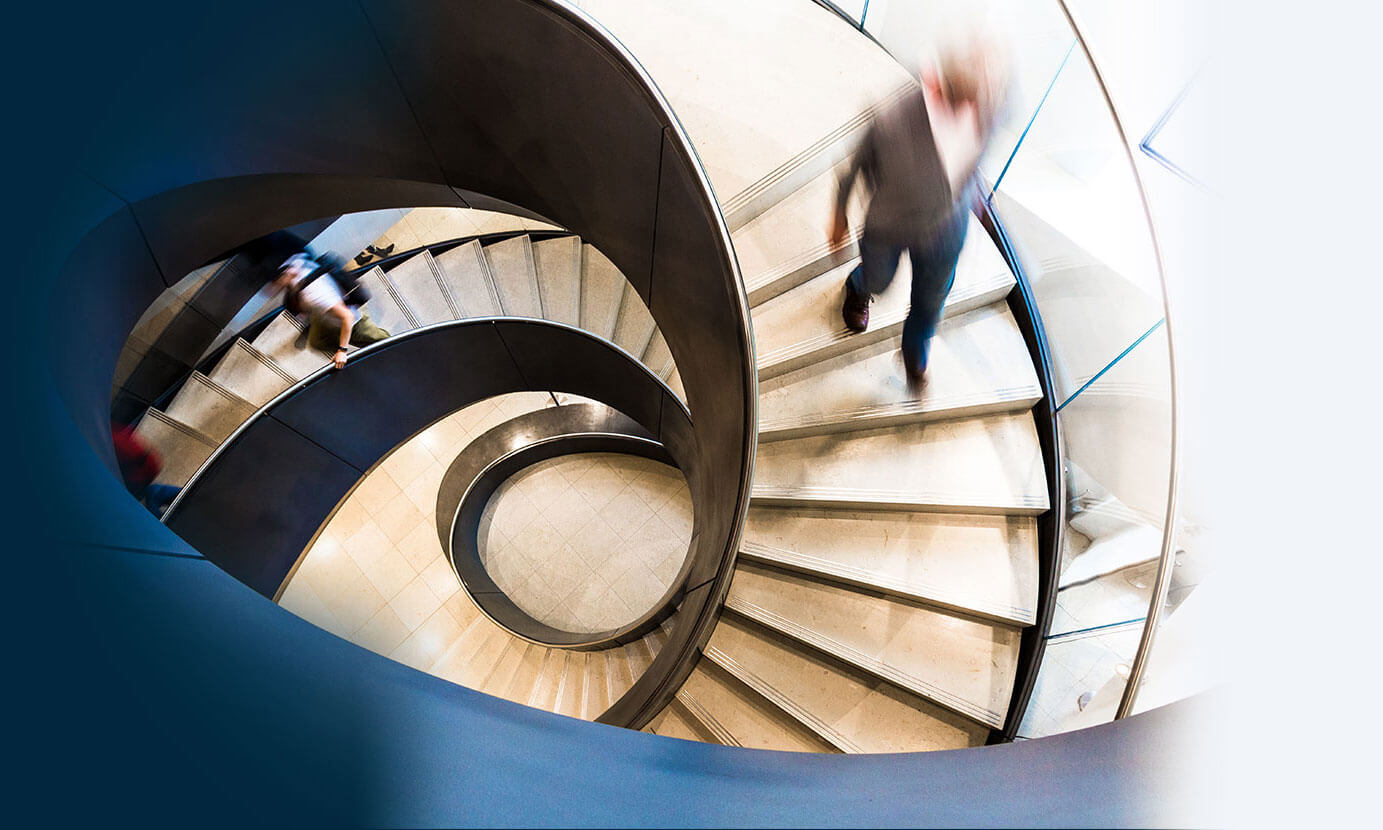Breast Lift Thousand Oaks
 Breast lift, or mastopexy, is a surgical procedure for restoring the breasts to a more youthful, projecting shape and position. It is used to treat “droopy” breasts or breast ptosis. Breast ptosis is seen in women who breastfed their children, in patients who have lost a lot of weight, and as part of the normal aging process (due to stretching of the ligaments that hold the breast-high on the chest wall).
Breast lift, or mastopexy, is a surgical procedure for restoring the breasts to a more youthful, projecting shape and position. It is used to treat “droopy” breasts or breast ptosis. Breast ptosis is seen in women who breastfed their children, in patients who have lost a lot of weight, and as part of the normal aging process (due to stretching of the ligaments that hold the breast-high on the chest wall).
Before & After Photos
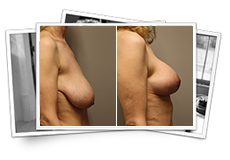 Breast Lift
Breast Lift
At the Kryger Institute of Plastic Surgery, we have experience in a vast array of surgical and non-surgical procedures. Click below to see some before and after photos of breast lifts.
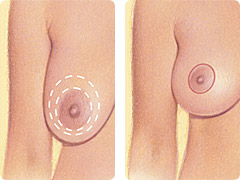 After surgery, the breasts are higher and firmer. For small lifts, the incision can be limited to the border of the areola.
After surgery, the breasts are higher and firmer. For small lifts, the incision can be limited to the border of the areola.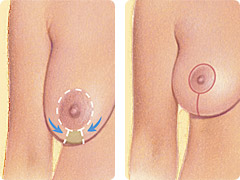
For moderate lifts, the incision goes around and straight below the areola (“keyhole” incision).
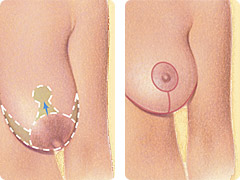 Larger lifts will require an incision around and below the areola as well as an incision along the lower breast crease.
Larger lifts will require an incision around and below the areola as well as an incision along the lower breast crease.As a general rule, the larger and more droopy (ptotic) the breast is, the more skin will have to be removed which translates into more scars. Since there are several breast lift techniques, careful planning with your surgeon is paramount to obtaining a result that will satisfy you. A mastopexy can be combined with a breast augmentation in order to improve both the volume and the shape of the breasts.
Preparing for surgery
You will be told which medications to stop and which to take before surgery. Aspirin and anti-inflammatory medications such as ibuprofen and Aleve must be stopped for 7 days before surgery. If you smoke, you must quit smoking entirely for 6 weeks before and 6 weeks after surgery. You must strictly follow the instructions about when to start fasting before surgery (usually at midnight). If you get sick or have any health issues in the days before surgery, please notify the office at once in case we have to postpone your operation.
The Surgery and the incisions
The surgery usually takes 1-2 hours to complete. If a breast augmentation is also performed an additional 60-90 minutes is required. There are essentially three incision patterns. The type of incision you end up with is determined by how droopy and ptotic your breasts are to start with. Breasts that are minimally ptotic can be lifted with an incision that goes entirely around the circumference of the areola (the dark skin around your nipple). You should realize that this may change the size and shape of the areola.
Breasts that are moderately ptotic are lifted with an incision that goes around the circumference of the areola plus a vertical incision that goes straight down the center of the breast (the so-called “keyhole pattern” incision).
Finally, breasts that are very ptotic will require an additional horizontal incision along the lower breast crease. This will result in the keyhole pattern plus a horizontal incision, giving the so-called “anchor pattern” scar. Every effort will be made to ensure that the resulting scars will be as inconspicuous as possible.
The anesthesia
A breast lift can be performed under “twilight” anesthesia or general anesthesia. Twilight anesthesia consists of intravenous sedation and pain medication that keeps you relaxed and sleepy during the surgery. In addition, the surgeon uses local anesthesia to numb the abdomen. General anesthesia involves going completely to sleep with a breathing tube in your throat. There is a slightly higher risk of nausea and vomiting after general anesthesia, however, both techniques are extremely safe. Your surgeon will discuss the anesthetic options with you before surgery.
Breast Lift FAQ
Who is a good candidate?
The ideal candidates are women who are either thin, normal body weight or slightly overweight. You must also be over the age of 18, since hormonal changes in the teenage years can affect breast size and shape. Obese women will usually have larger breasts and be better candidates for a breast reduction. Women with breasts that have “deflated” in addition to sagging (e.g. after nursing) will often require a breast augmentation in order to restore the lost volume. Women who plan on getting pregnant in the future and possibly breast feeding may want to consider postponing their breast lift until they are done having children.
Does insurance cover breast lift?
Because most insurance companies do not consider breast lift to be medically necessary, carriers generally do not cover the cost of this procedure. It is important that you discuss all the costs and fees during your consultation. One exception that will usually be covered by insurance is a breast lift of one breast to match a reconstructed breast on the other side (e.g. after reconstruction after mastectomy).
What kind of dressings and drains are there?
You can remove the gauze dressings the day after surgery. If there is tape or adhesive strips directly on your incision, do not remove these. If they fall off in the shower there is no need for concern. Occasionally, an ACE bandage is used to provide gentle compression for comfort. You can continue to use this bandage or transition to a soft bra. Most women feel more comfortable wearing a sports bra for the first few weeks after surgery.
Breast lift surgery does not routinely require the use of drains. Very large lifts (especially if combined with liposuction) may require one drain in each breast. This will be determined by your surgeon at the time of surgery. These drains help drain the fluid that is produced under your skin as part of the healing process. Without drains, this fluid can accumulate, termed a seroma. Drains stay in until the drainage is less than 25 ml per drain in a twenty four hour period. This usually takes 5-7 days, but can be shorter or longer in some cases. The drains are easy to take care of, and do not hurt to take out.
Can you go home the day of surgery?
Breast lift is routinely performed as an outpatient, and most patients will be able to go home the same day. Some patients may prefer to spend a night in the hospital if they have young children at home or live alone and do not have any help at home.
What about swelling and bruising?
Swelling and bruising are normal signs of the healing process. They occur after any surgery to varying degrees. Swelling peaks at about 48 hours, and then rapidly decreases. By the end of the first few weeks, 50 percent of the swelling is gone. During this early period, your breasts will appear larger than their final size due to the swelling. By 6-8 weeks, a majority of the swelling has diminished. By six months, all the swelling is gone. Bruising is worst the day after surgery and then rapidly gets better. It is usually gone by two weeks. You may also experience a burning sensation in your nipples for up to two weeks, but this will subside as bruising fades.
What restrictions are there?
You can shower the day after surgery, but you should not bathe, use a hot-tub, or go swimming for at least a week. The first two days after surgery are usually spent doing minimal activity. Most patients then begin to get back to their regular routine. Within 3-5 days, you will probably be ready to leave the house for short trips and light walks. More vigorous walking and mild stretching exercises can be resumed about a week after surgery. Strenuous activities such jogging, aerobics, weight-training, and sex should not be done until 3-4 weeks after surgery. Also, you shouldn’t do any heavy lifting (over 10 pounds) during this period. A good guide before beginning activities that involve direct contact to the breasts is to wait until pain and sensitivity in the breasts has resolved.
When can I travel?
Traveling after surgery (air travel, long distance car trips, train rides, etc) should not be done before you have had your first postoperative visit. Typically, this occurs 7-10 days after surgery. Patients who are at high risk for developing a blood clot should not travel until instructed by their surgeon. Short car trips under 60 minutes can be done before the first visit. A good rule of thumb is when you are off the stronger pain medication and can get up without assistance you are ready to go for a short drive. You should not drive the car yourself, however, until your surgeon gives you clearance for this.
When can I go back to work?
This, of course, depends on the kind of work you do. Most people go back to work after one week. Sedentary jobs, such as computer work or talking on the phone can begin even sooner. If you have a strenuous job that involves a lot of lifting or physical activity, you may have to wait 4 weeks until you are ready for work. Please review the restrictions for further guidelines about getting back to work.
What kind of scars can I expect?
Scarring is an unpredictable part of any surgery. It is impossible to cut through the full thickness of the skin and not have a scar. For most patients, the incisions from breast lift heal well and do not become bothersome scars. Our surgeons have published numerous scientific papers about the scarring process and wound healing, and will do everything possible to minimize scarring. To a large extent, however, scarring is determined by your genetics. If you are prone to hypertrophic (wide, raised) scars or keloids, make sure to inform your surgeon ahead of time. Our surgeons will use all the available techniques to minimize your scars based on their extensive research experience on hypertrophic scarring.
Your scars will be firm and pink for at least six weeks. After six weeks, scars are very strong and can withstand any activity. Then they may remain the same size for several months, or even appear to widen. After several months, your scars will begin to fade, although they will never disappear completely. It takes 1-2 years for a scar to completely heal. Make sure to apply sunscreen containing zinc-oxide to your scars for six months so that they do not darken due to increased pigmentation.
What if I have a problem? When should I call the office?
The Kryger Institute welcomes calls from patients. If you have any concerns at any time, please feel free to call our office. If it is an emergency, the answering service is available 24 hours a day, including weekends and holidays. There is always a plastic surgeon on call. Your surgeon will discuss all the risks and potential complications with you before surgery. You will receive detailed instructions about situations that warrant a call to the office.
Breast Lift Cost
The cost of a breast lift varies, because it is a highly individualized surgery tailored for each patient. The overall price may include anesthesia, operating room facilities, new breast implants, and other related expenses. Additional tests and imaging may also add to your total. Contact us for additional information.
Dear Drs. Kryger, (Gil and Zol)
This is written to both of my wonderful doctors- the brothers Kryger- to express my profound gratitude for your care and expertise and vision during my surgical procedures. Since I can get carried away during office visits with silly songs and questions, I have neglected my “thank you’s” for your efforts. So, thanks to both of you for the beautiful breasts and new waist you have created for me! I owe new health and a new look to both of you.
Withheld Privacy
Schedule a Breast Lift Consultation
Contact us right away to find out which type of breast lift in Thousand Oaks is right for you. Every woman is unique, so this is a very personal decision, and the experienced doctors at Kryger Institute of Plastic Surgery are here to assist you in determining the best treatment strategy for you.
Related Blog Posts
 Breast Lift Thousand Oaks
Breast Lift Thousand Oaks
The breast lift is a cosmetic surgery procedure that has helped many women regain confidence in their body after breast sagging has set in. The breasts sag as we… Read More
 The new “gummy bear” shaped silicone implants: fad or here to stay?
The new “gummy bear” shaped silicone implants: fad or here to stay?
In April of 2012, the FDA approved the use of shaped implants in the U.S. This marks the first time that plastic surgeons have been allowed to use non round implants in the U.S. Up until this point, only… Read More

